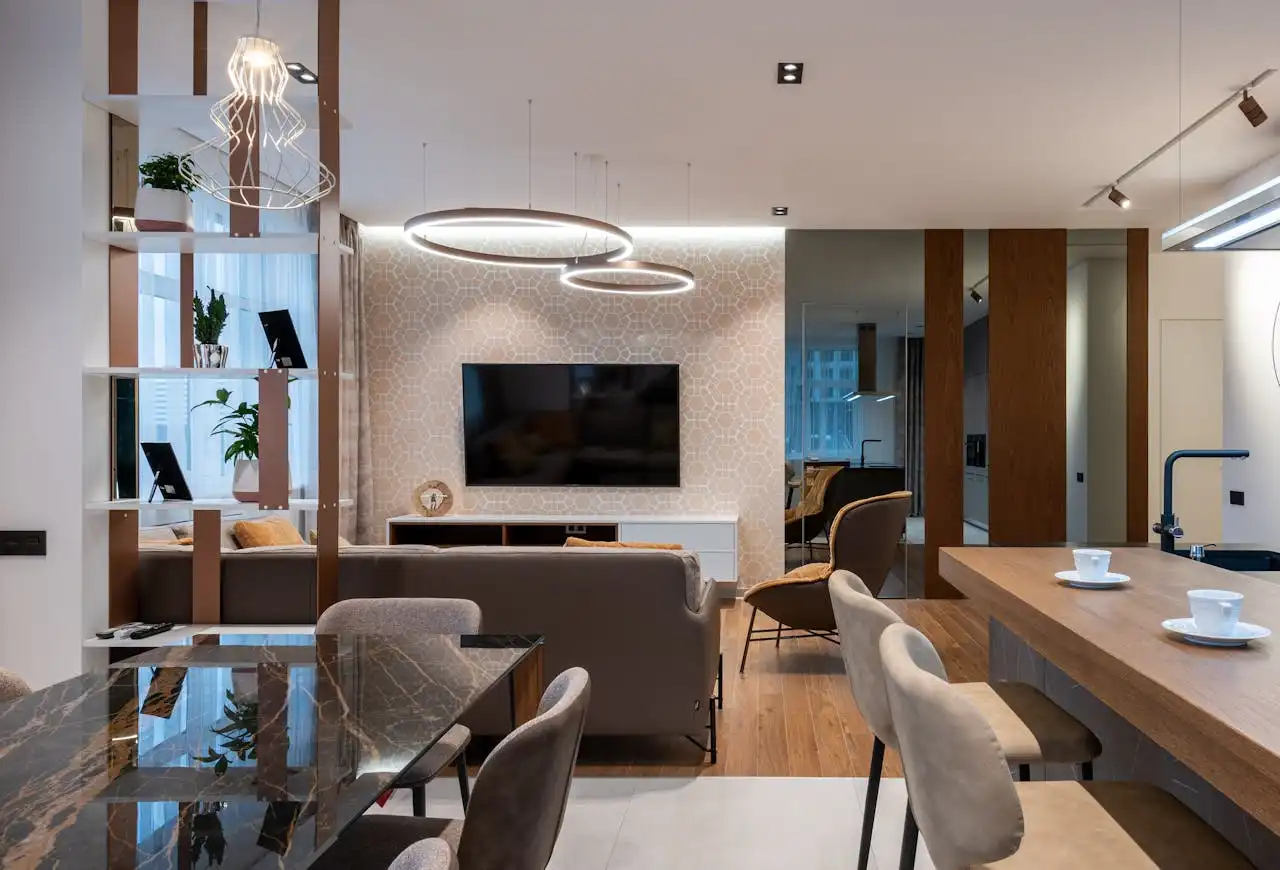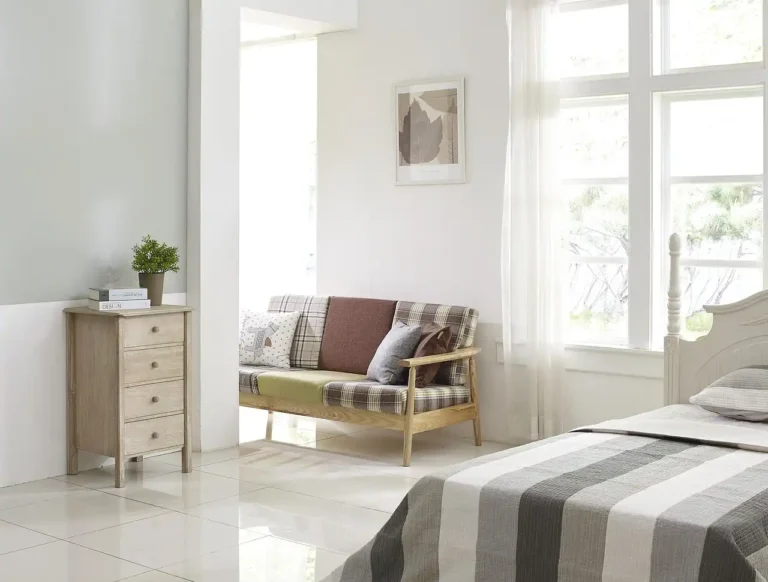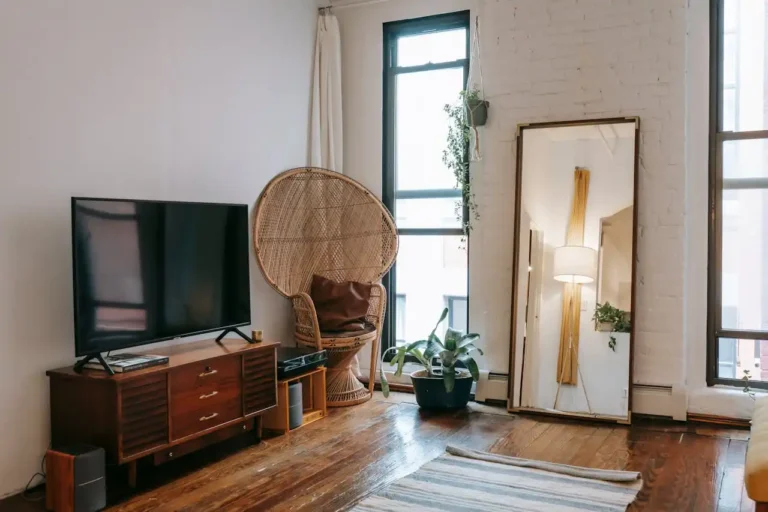How to Use Lighting to Instantly Elevate Your Space
Poor lighting kills even the most beautiful room design, while strategic lighting transforms ordinary spaces into stunning sanctuaries.
You don’t need expensive renovations or professional help to master this game-changing element.
With the right techniques and thoughtful placement, you can create atmosphere, highlight your best features, and make any room feel like a luxury retreat.
Master the Three-Layer Lighting Foundation
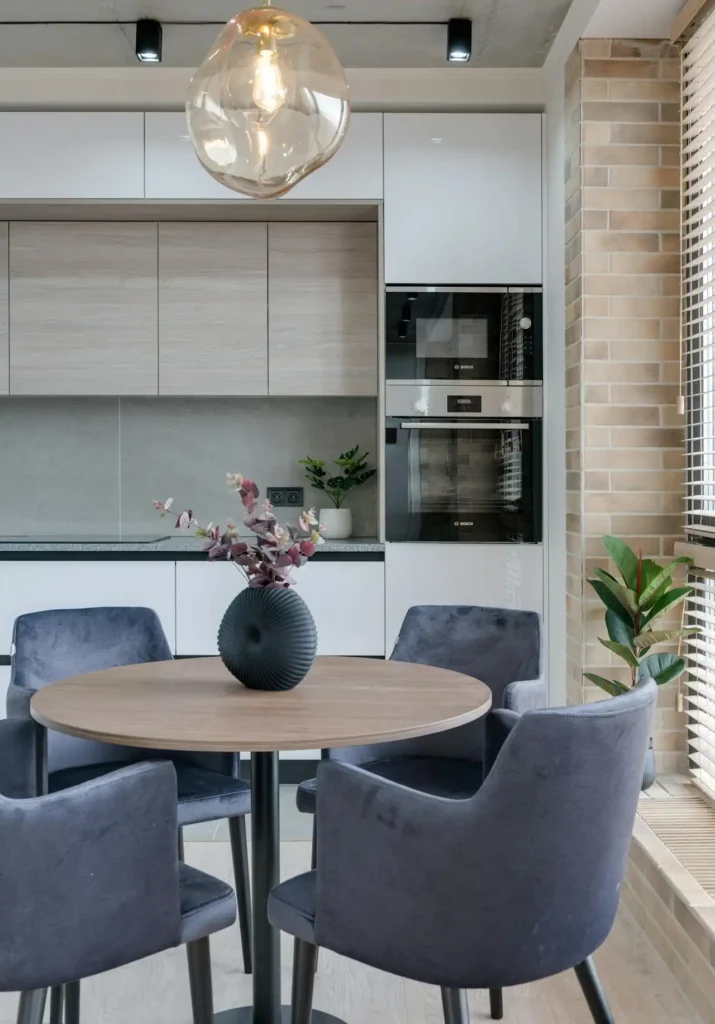
You need three distinct types of lighting working together to create a well-designed space.
Ambient lighting provides your room’s general illumination and sets the overall mood. Task lighting focuses on specific activities like reading or cooking.
Accent lighting highlights architectural features, artwork, or decorative elements. The magic happens when you can control each layer independently.
Most rooms rely too heavily on overhead fixtures for all their lighting needs. This creates harsh, unflattering illumination that makes spaces feel cold and institutional.
Instead, distribute your lighting sources throughout the room at different heights and intensities.
Start with your ambient layer using ceiling fixtures, chandeliers, or recessed lights. Add task lighting through table lamps, floor lamps, or under-cabinet strips.
Complete the trio with accent pieces like wall sconces, picture lights, or LED strips behind furniture.
This flexibility allows you to adjust your lighting for different activities and times of day, creating the perfect atmosphere for any occasion.
Choose Fixtures That Make a Statement
Your light fixtures serve as functional jewelry for your rooms. Table lamps and floor lamps offer the easiest way to upgrade your lighting without electrical work.
Choose pieces that complement your décor style while providing the light quality you need.
Scale matters tremendously when selecting fixtures. A tiny table lamp on a large console looks lost, while an oversized chandelier in a small dining room feels overwhelming.
Your fixture should relate proportionally to both the furniture and the room size. Consider the fixture’s design impact beyond just illumination.
A sculptural floor lamp becomes a focal point, while sleek recessed lights disappear into the background. Both approaches work well depending on your design goals.
Don’t forget about lampshades and bulb choices. The shade material and color affect both light quality and room ambiance.
Fabric shades create warm, diffused light, while metal or glass shades produce more direct illumination.
Perfect Your Lighting Placement Strategy
The height and positioning of your light sources dramatically affect how your room feels. Table lamps should sit at eye level when you’re seated to avoid glare.
Floor lamps work best beside seating areas or in corners that need additional illumination.
Create lighting zones throughout your room rather than relying on a single central source.
This approach makes large spaces feel more intimate and allows you to illuminate only the areas you’re using.
Avoid placing all your lights along the room’s perimeter. This common mistake creates a bowling alley effect that feels cold and uninviting.
Instead, bring some light sources into the room’s interior through table lamps or portable floor fixtures.
Layer your lighting at different heights to add visual interest and prevent flat illumination.
Combine overhead fixtures, mid-level table lamps, and low accent lights to create depth and dimension in your space.
Understand Color Temperature and Its Impact
The color temperature of your bulbs affects your room’s entire mood and atmosphere. Warm light (2700K-3000K) creates cozy, relaxing environments perfect for living areas and bedrooms.
Cool light (4000K-5000K) promotes alertness and works well in kitchens, bathrooms, and workspaces.
You can mix different color temperatures within the same room for optimal functionality.
Use cooler task lighting for detailed work while maintaining warmer ambient lighting for comfort. This combination provides the best of both worlds.
Pay attention to how your lighting interacts with wall colors and finishes. Warm light enhances reds, oranges, and yellows while making blues appear muddy.
Cool light brings out blues and greens but can make warm colors look dull. Consider LED bulbs that allow you to adjust color temperature throughout the day.
These smart options let you mimic natural daylight patterns, supporting your circadian rhythms while providing lighting flexibility.
Harness the Power of Dimmer Controls
Dimmer switches transform fixed lighting into flexible mood creators. You can adjust brightness levels for different activities, times of day, and personal preferences.
This control makes your lighting infinitely more versatile and user-friendly. You’ll immediately notice how much more comfortable and inviting your space becomes.
Install dimmers on your main ambient lighting sources first. Overhead fixtures, chandeliers, and large pendant lights benefit most from dimming capability.
Don’t overlook portable dimmers for table and floor lamps. These inexpensive devices plug between your lamp and wall outlet, giving you brightness control without electrical work.
They’re perfect for renters or quick lighting improvements. LED bulbs maintain their color temperature when dimmed, so choose warm LEDs if you want that cozy effect.
Remember that dimmed incandescent and halogen bulbs produce warmer light as they dim, creating increasingly cozy atmospheres.
Avoid These Common Lighting Mistakes
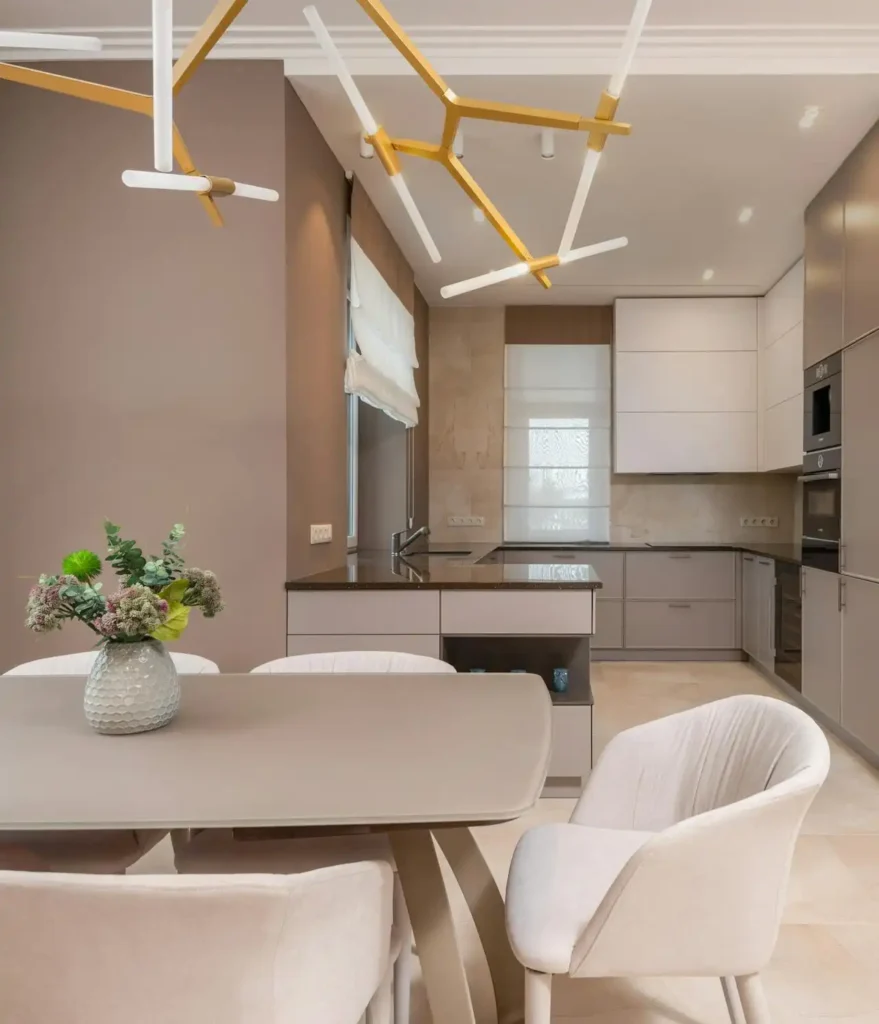
Using only overhead lighting creates harsh shadows and unflattering illumination. Your face and room features need light from multiple angles to look their best.
Always supplement ceiling fixtures with lamps at various heights.
Choosing the wrong bulb wattage either leaves you squinting in dim light or feeling overwhelmed by brightness.
Most living areas need between 1,500-3,000 lumens total, distributed across multiple sources rather than concentrated in one fixture.
Ignoring the relationship between natural and artificial light leads to lighting that fights against your windows.
Work with your natural light patterns rather than against them, adjusting artificial sources as daylight changes. Forgetting about glare makes even well-lit rooms uncomfortable.
Position light sources so they don’t reflect off TVs, computer screens, or shiny surfaces. Use lampshades and diffusers to soften harsh direct light.
Room-Specific Lighting Strategies
Living rooms need flexible lighting for various activities. Combine a statement chandelier or pendant with multiple table lamps and accent lighting.
This variety lets you create intimate conversation settings or bright spaces for reading and games.
Kitchens require excellent task lighting for food preparation safety. Under-cabinet LED strips illuminate countertops, while pendant lights over islands provide both task and ambient lighting.
Don’t forget accent lighting to showcase beautiful backsplashes or open shelving. Bedrooms benefit from layered lighting that promotes relaxation.
Bedside table lamps provide reading light, while softer ambient lighting creates a restful atmosphere.
Avoid overhead fixtures directly above the bed, which create unflattering angles. Bathrooms need bright, even lighting for grooming tasks.
Side-mounted fixtures beside mirrors eliminate shadows on your face better than overhead lights alone. Add ambient lighting for relaxing baths and nighttime navigation.
Maximize Natural Light Integration
Your artificial lighting should complement and extend your natural light rather than compete with it.
During daytime hours, use minimal artificial lighting and let natural light do the heavy lifting for ambient illumination.
Position mirrors strategically to bounce natural light deeper into your rooms.
A large mirror opposite a window effectively doubles your natural light while making spaces feel larger and brighter.
Choose window treatments that maximize daylight while providing privacy when needed. Sheer curtains or top-down bottom-up shades let light in while maintaining comfort and security.
Consider the natural light patterns throughout your day when planning artificial lighting placement.
Rooms that receive morning sun need different evening lighting strategies than spaces that get afternoon light.
Create Ambiance with Accent Lighting
Accent lighting adds drama and visual interest to your space while highlighting your favorite features.
Use picture lights to showcase artwork, or place small spotlights to emphasize architectural details like crown molding or built-in shelving.
LED strip lights hidden behind furniture or architectural elements create stunning ambient effects.
Place them behind headboards, under floating vanities, or along the top of kitchen cabinets for sophisticated indirect lighting.
Candles and lanterns provide the ultimate accent lighting for special occasions.
Their warm, flickering light creates instant intimacy and romance that electric lighting can’t replicate. Use them strategically to enhance your regular lighting scheme.
Don’t forget about outdoor accent lighting that extends your interior design beyond your walls.
String lights, lanterns, and landscape lighting create beautiful views from inside while expanding your living space outdoors.
Budget-Friendly Lighting Upgrades
You don’t need expensive fixtures to dramatically improve your lighting. This simple change often provides the biggest impact for the lowest cost.
Start by replacing outdated bulbs with high-quality LEDs in appropriate color temperatures and brightness levels.
Shop secondhand stores and online marketplaces for unique vintage fixtures and lamps.
Many older pieces just need new wiring or fresh lampshades to become stunning statement pieces at fraction of retail costs.
Consider DIY lampshade updates to refresh existing fixtures. New fabric, paint, or decorative elements can completely transform the look and light quality of lamps you already own.
Add battery-powered LED lights in areas where electrical work would be expensive.
These options work perfectly for accent lighting, closets, and temporary solutions while you plan larger renovations.
Professional Lighting Design Secrets
Interior designers often use multiple small light sources rather than fewer large ones.
This technique creates more even illumination and gives you greater control over the lighting mood and functionality.
The rule of three applies to lighting just as it does to other design elements. Group fixtures in odd numbers and vary their heights for the most pleasing visual arrangements.
Professional designers always consider how lighting affects color choices and room proportions.
Warm light makes cool colors appear muddy, while cool light can make warm colors look dull. Plan your lighting and color schemes together for optimal results.
Layer lighting controls allow you to create different scenes for various activities.
Even simple setups with multiple switches let you adjust lighting combinations for dining, entertaining, or relaxing without moving around the room.
Seasonal Lighting Adjustments
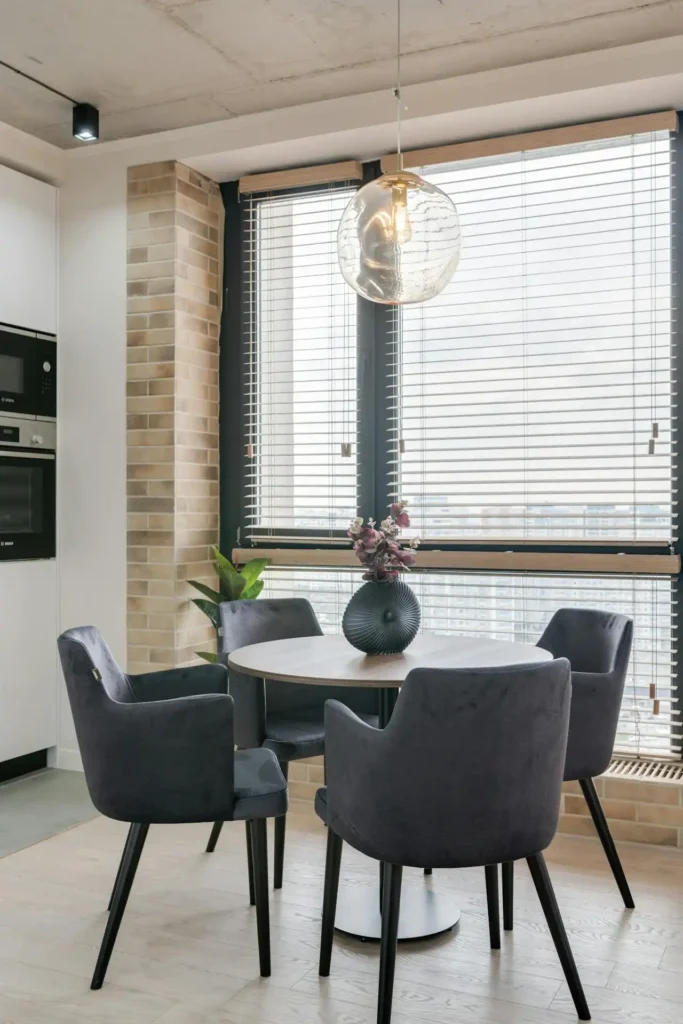
Your lighting needs change with the seasons, and your artificial lighting should adapt accordingly.
During shorter winter days, you’ll rely more heavily on artificial sources and may want warmer, cozier lighting to combat the cold and darkness.
Summer lighting can be brighter and cooler to complement longer days and warmer weather.
You might use fewer artificial sources during extended daylight hours and focus on accent lighting for evening entertainment.
Consider changing lampshades seasonally for both style and function. Lighter colors and fabrics work well in summer, while darker, richer materials create appropriate winter ambiance.
Holiday lighting provides opportunities to temporarily enhance your regular lighting scheme.
String lights, candles, and seasonal fixtures can supplement your everyday lighting without permanent changes.
Smart Lighting Technology Integration
Smart bulbs and fixtures offer unprecedented control over your lighting environment.
You can adjust brightness, color temperature, and even color from your smartphone or voice assistant, creating custom lighting scenes for any occasion.
Programmable lighting schedules support your daily routines and energy efficiency.
Lights can automatically dim for bedtime, brighten for morning routines, or adjust throughout the day to support your natural circadian rhythms.
Motion sensors and timers provide convenience and security while reducing energy usage.
These features work especially well for hallways, closets, and outdoor lighting that you want to function automatically.
Integration with other smart home systems allows your lighting to respond to music, weather, or security needs.
While not essential, these features can enhance your daily living experience significantly.
Conclusion
Master these lighting principles and you’ll transform any space into a professionally designed environment that adapts to your lifestyle and enhances your daily experiences beautifully.

